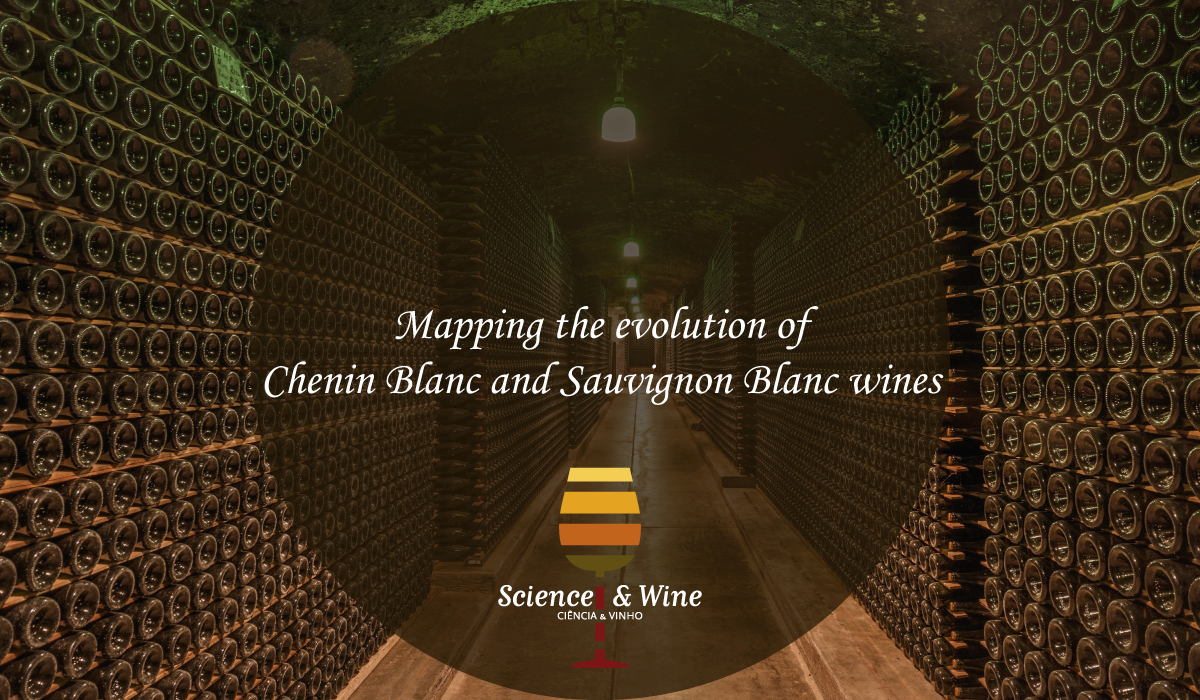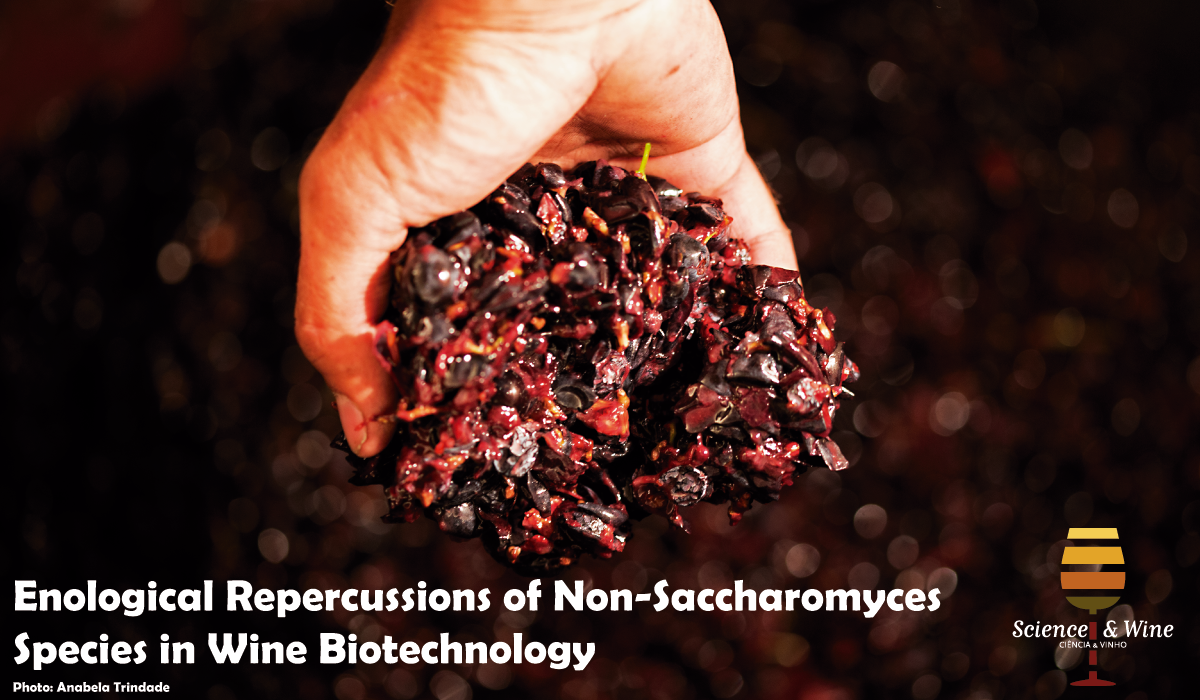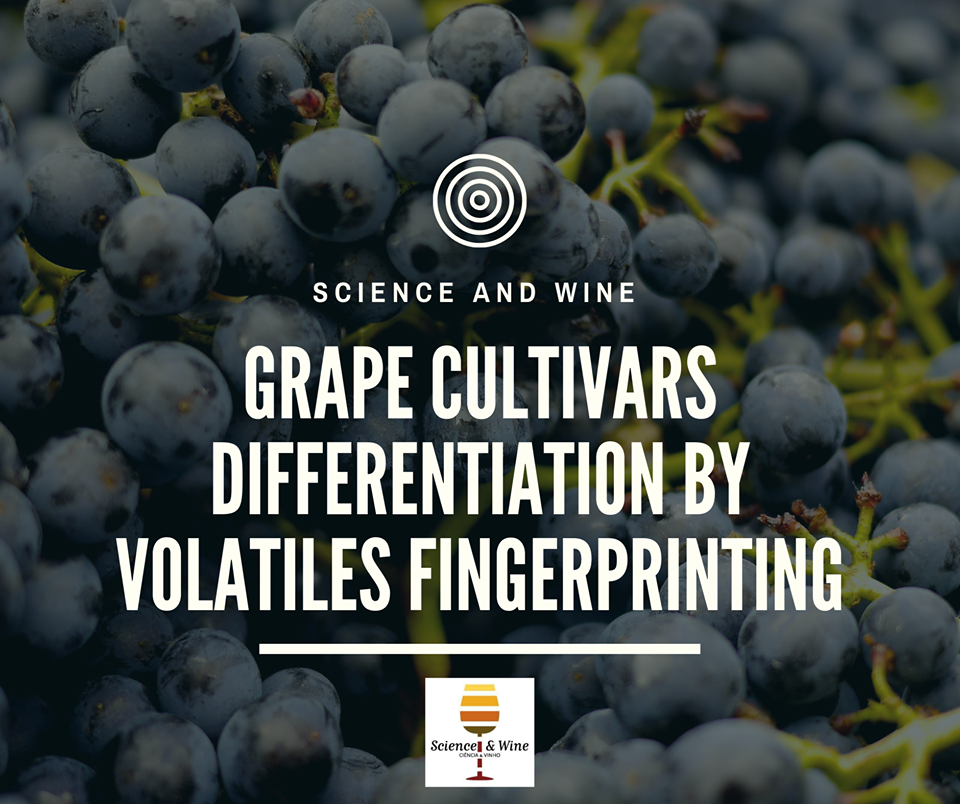The biomolecular characterization of foods and beverages represent nowadays an intriguing task for the scientific community. While nonvolatile compounds of a wine, e.g. polysaccharides, organic acids, mineral salts and polyphenols, have a great impact on the mouthfeel with acidity and salinity perceptions and astringency, the volatile component is the main responsible of wine aroma that contributes to the peculiar recognizability of a vine. Food aroma is the result of the complex interaction of small volatile molecules and odor receptors and, although its perception might be affected by subjectivity, it is considered as the first step in quality assessment.

Social Media Marketing in promoting Wine Tourism in Langhe, Italy
This post analyses winery owners’ attitudes and perceptions regarding social media use in marketing and promoting wine tourism online. The study was carried out in the region of Langhe in North Italian. Results show that despite many winery owners recognise the social, economic and emotional benefits of social media, they are far from take advantage of its full potential, the main reasons are the agricultural mentality and the time-consuming nature of social media. Next Friday will occur September Wine Science Café that is dedicated to Wine Tourism, which is another reason to read this post.

Wine Consumption in the Mediterranean Diet: A clarification about health effects
Science & Wine promote 1-Day Conference “Wine Consumption in the Mediterranean Diet: A clarification about health effects” to be held in Porto at June 4 of 2020. The conference will take place in the Association of Port Wine Companies.

Mapping the evolution of Chenin Blanc and Sauvignon Blanc wines
The post of this week tries to answer the question if different wines could change in a similar manner when placed in similar conditions, regardless of the initial composition. The chemistry of the wines, related to factors such as clonal differences, grape ripeness at harvest, terroir, and winemaking practices, was highly variable between the initial wines. The authors concluded that storage conditions had similar effects on all the wines included in the experiment, except for one Sauvignon Blanc and one Chenin Blanc wines, both from the same winery.

Enological repercussions of non-Saccharomyces species in wine biotechnology
The use of non-Saccharomyces yeasts in enology has increased since the beginning of the current century because of the potential improvements they can produce in wine sensory quality. Several review articles have described the potential of some non-Saccharomyces species and the suitable criteria to select them according to the effects of the species on wine color, aroma, body or structure.

